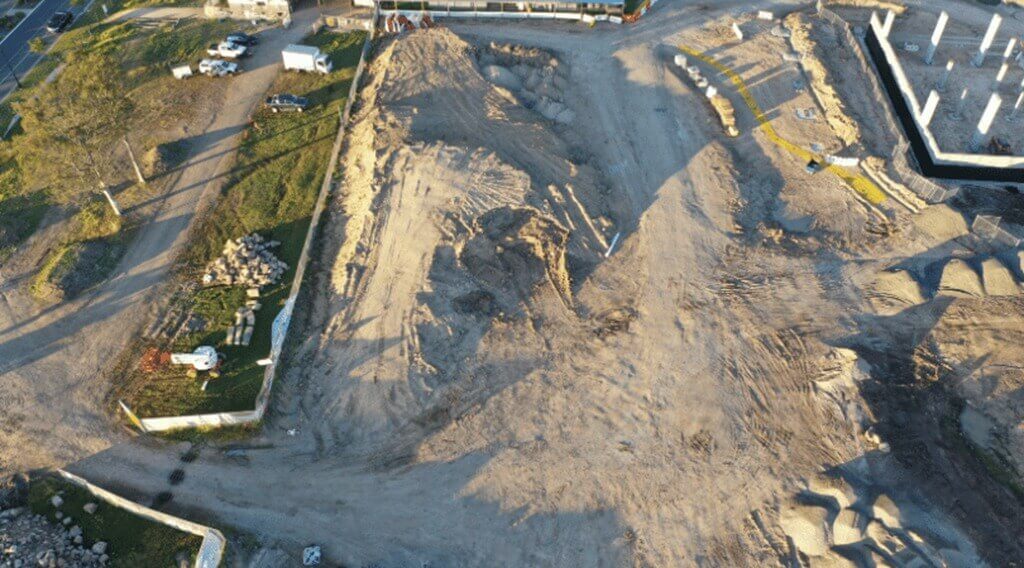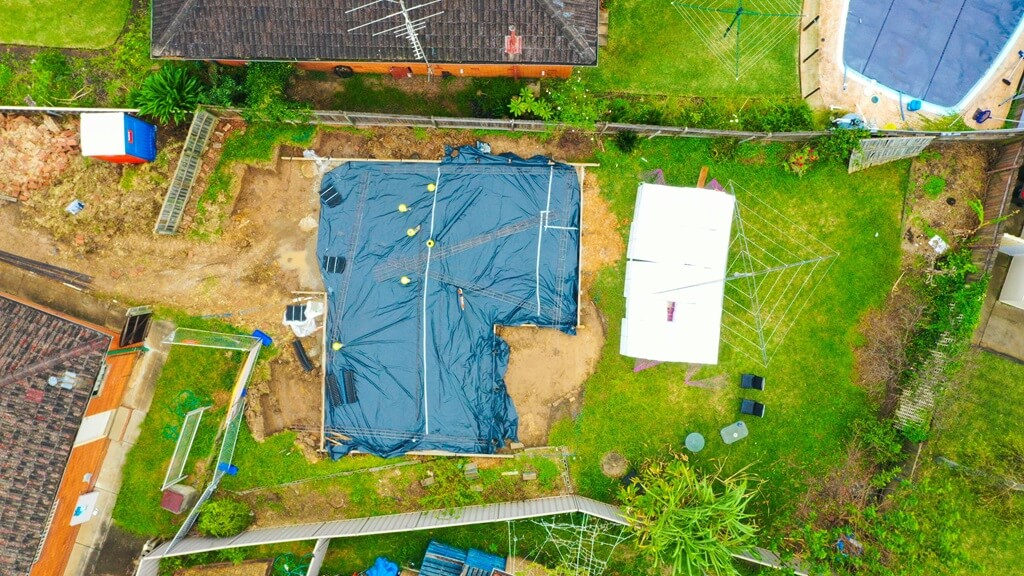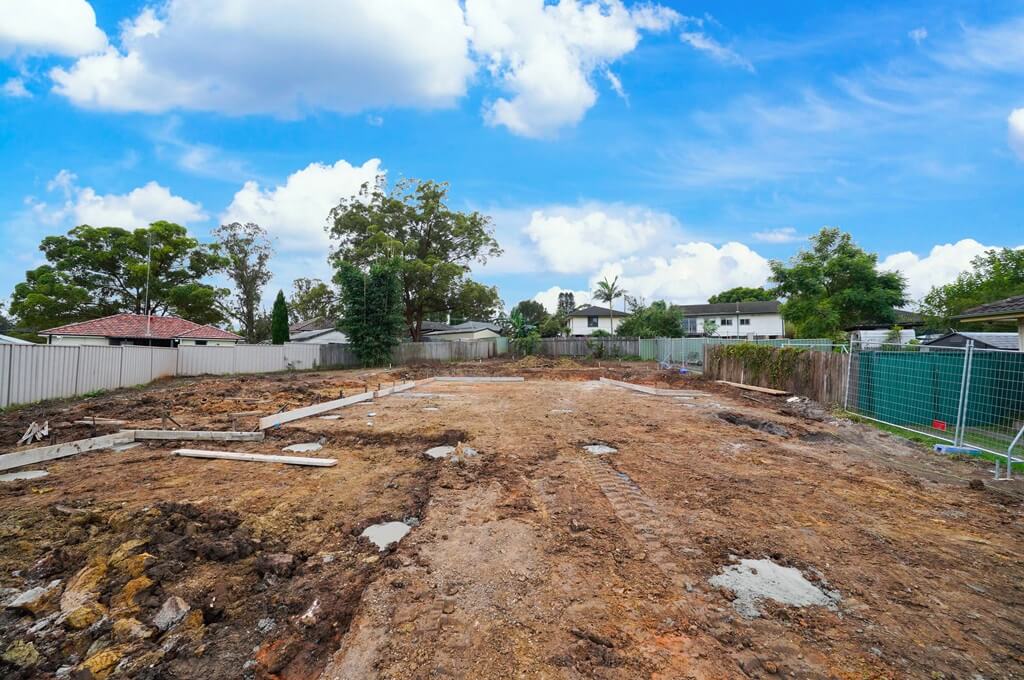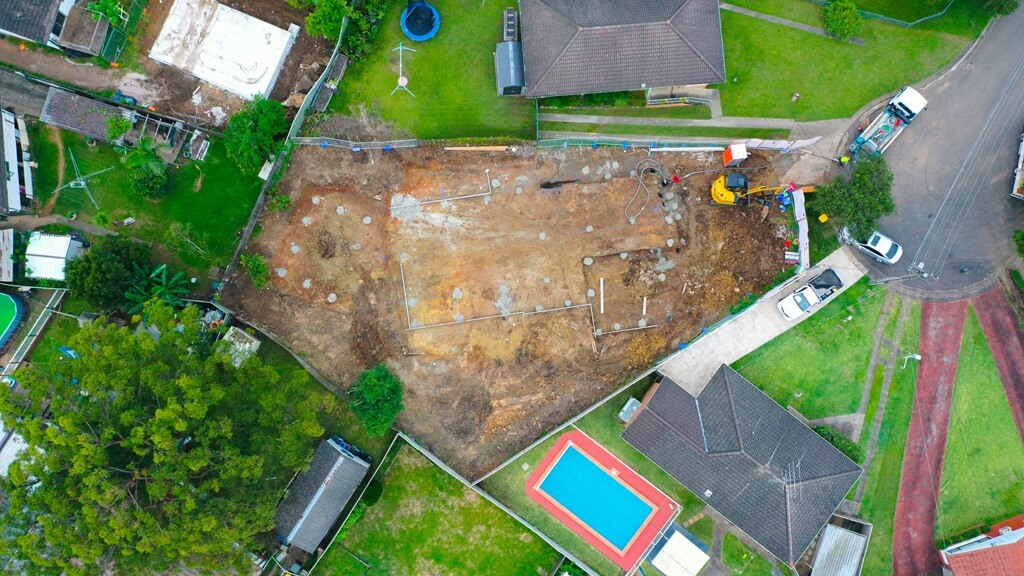Discover the transformative impact of drones in the building and construction industry. Explore the numerous benefits, versatile applications, and lucrative opportunities that drone technology brings to enhance efficiency and innovation in construction projects.
As far as tools of building are concerned, the construction industry is a different breed altogether. Tools are important in construction. A good example is a hammer and nail that can be used to join two pieces of timber or even large machines like loaders and cranes.
The world of construction operates on innovation, the only means by which high-speed accuracy can be achieved. One such innovative development is the use of drones.

Drones within buildings and construction have changed the entire project lifecycle enabling construction firms to monitor construction progress regularly, accelerate communication and decision-making processes, and make detailed maps and 3D models while at the same time keeping workers on-site safe.
The usage of Drone applications in construction will continue to rise as industries expand and projects become more complex. Keep reading to learn more about how these advanced technologies are reshaping the industry
Benefits of Drones in Building And Construction
Four main areas where drones are useful for construction companies. Drone technology has been very helpful in the construction industry for several businesses. Some of them include construction management and help in effective work. They are given below:
Improved Efficiency And Precision
Aerial surveying in building and construction sites manually is not an easy task. This is because it takes time, labor with specific skills, money, and the willingness to redo it if anything goes wrong.
Building operation is better than ever before because of drones. They provide accurate information via aerial surveys and mapping, thus facilitating proper project planning and implementation.
Traditional methods can survey about five acres per hour. On the other hand, drones can be used by even inexperienced surveyors and cover 120 acres in one hour, resulting in sixty times increased efficiency in the field of land surveying.
Thus for a company that has ten different plots of land measuring 120 acres each they want to survey five times a year would mean 120 hours per site over the year on traditional terms. This would involve 1,200 total man-hours every year across all locations.

This method could take the traditional technique of 120 hours per site per year for a corporation with ten separate tracts of land having an acreage of one hundred twenty that they intend to inspect five times annually. All together across sites, this will require an annual effort of 1,200 hours.
Conversely, a drone survey only needs one hour for each of these five sites with just five hours needed at any given site. Consequently, these figures imply spending only fifty hours performing those surveys at all the ten sites combined.
Drone reduces the overall amount of time required to perform a survey on a location. However, this is among the main advantages of increased effectiveness.
Enhanced Safety Measures
Construction by definition, involves unsafe work. Surveying is no different from other processes in construction.
Surveying in its traditional form often requires site visits by employees to places that are difficult to reach on projects with many moving parts.
To make safety a real value in a construction company, think of safety as more than just another item on the checklist to please your supervisor.
Changing working practices to reduce the overall risk faced by workers is key to achieving better safety outcomes.
This can be done through reviewing site maps and data gathered by drone surveying from an office setting or any point in the job without exposing people to serious physical harm.
Falls are responsible for 34% of worker fatalities in construction sites across the sector and the construction industry accounts for one out of five deaths among US workers.
Drones not only ensure that employees remain safe but also enable more precise and efficient data acquisition which can help identify potential risks at a project site before they occur.
Of course, injury prevention is the main benefit of improved safety standards but it also has major financial implications for a business
Physical inspections in dangerous regions are not needed due to drones. This reduces the risk to human workers and provides a safer work environment.
Cost Savings
Resource utilization is improved by the use of drones, reducing operating costs and enhancing project management. They are therefore an important tool in the building and construction industry because of their low cost.
Cost-effective construction with UAVs is evident from the fact that they are not employed in any direct or supportive capacity within a construction process, but rather serve as surveillance tools only—this makes clients feel comfortable and allows the firm to get a lot out of it.

The traditional site approach requires much more time and people to carry out this study as has been mentioned above.
Increased hours on-site result in higher salaried surveyors, equipment, and all other costs associated with construction activities.
While drones are changing the building and construction business and transforming building projects’ management, their influence on this sector is continually developing.
Provided that commercial drones can pass through federal aviation control and zoning regulations, it would be fair to say these devices will stay with us. More information can be seen from the infographic below.
Improved Data Accuracy
Drone photogrammetry is the use of drones to collect data. With drone photogrammetry, however, the distance between real-world objects can be calculated through overlapping pictures that consider all edges and viewing angles.
The process may seem tedious, but when using a drone it can be done quickly with an accuracy unmatched by traditional surveying.
A single survey trip may result in a comprehensive map of the surveyed area containing detailed measurements of distances, areas, slopes, volumes, and GPS points presented as 2D or 3D drawings after drone data has been analyzed using surveying software.
Drone can be done quickly, accurately, at any budget if needed and these cloud-based options like Propellor also facilitate the analysis of collected data.
Besides that drone surveying guarantees that information is shared with every person involved in a building project such as sub-contractors or off-site work teams in a language they will easily understand ensuring that the entire project is completed within budget and on time.
A company providing drones to construction companies has seen explosive growth in its UAV use on job sites.
Demand has increased by 239% over the past year with analysts predicting this trend will continue as the building and construction industry becomes more acquainted with them.
Applications of Drones in Building And Construction
There are some of the applications of drones in Building And Construction:
Construction Site Monitoring
Real-time drone surveillance is possible in building and construction sites enabling project managers to swiftly identify and deal with problems and keep projects on track.
Drones can also be useful in the building and construction industry when it comes to giving customers a clear picture of what is going on behind the scenes or on top of the roof

They give beautiful overhead views which help clients understand how far things have gone especially when they cannot come in person.
Additionally, this gives the client confidence of value for their money. For instance, drones could improve communication within organizations by sharing data with connected software through flying over.
Consequently, these teams can access the data together during any phase of production building and construction to check for progress or errors before they escalate. Furthermore, drones assist in leaving notes for team usability purposes.
Also, there is a concern about general equipment failure where drones are used to record problems from a distance and provide pictorial examples that demonstrate these issues.
Furthermore, operators can email collected information before arriving at the site hence enabling faster and more accurate diagnosis by repair technicians in rental companies.
Material And Asset Inventory Management
Moreover, small and precise assets can be tracked by building and construction companies using drones. This means that instead of doing manual inventory assessments on a large scale, drone technology can be used to evaluate a higher level of detail, saving time and money.
This reduces the hazards of staff members going to places where inventories are difficult to access but which drones can reach with ease.
These days with the use of drones it has become easier for those who do big earthworks or mining projects to assess stockpile quantities accurately in no time so that operations will not be hindered due to a lack of adequate construction materials.
Building and construction businesses hold stockpiles as important financial assets and having a high degree of accuracy for their counts is essential for long-term planning and forecasting purposes.
Similarly, drone mapping tools create 3D models that easily show volumetric data. The irregular shapes they take on make the task more difficult when taking stockpiles as examples.
In such cases, this is where digital skills in drone surveying find their true value. About software-based digital drone surveying, traditional surveying is reduced to human labor.
Aerial Surveying And Mapping
Complicated, large-scale building projects must be planned using topographic maps to become successful. The designs created for some regions may contain expensive errors and problems.
Even though they are beneficial, topographic maps require a lot of money and time to develop. Often, this makes it impossible for new maps to be created before a project is commenced.
Drone technology allows comprehensive aerial surveys that permit detailed mapping of buildings and construction sites. This in turn aids in proper planning and execution.
Drones are capable of mapping large tracts of land; hence they can cut down on time spent envisioning a site’s topography.
By doing so, the project will stay within track, within budget and ensure accuracy before commencement. Such data gathering can facilitate assessing feasibility as well as design considerations.
Besides, drones produce high-resolution photographs that can then be converted into three-dimensional models allowing construction teams to identify bottlenecks at the pre-construction stage leading to savings in terms of both time and money.
Opportunities Unveiled by Drones in the Building And Construction
Here are some of the opportunities for drones in building and construction are given below:
Technological Advancements
Drones have opened doors for remote sensing in construction technological development through continuous innovations in the building and construction industries. This puts firms at the frontline of building and construction development resulting in multiple opportunities.
The existing capabilities of drones enable them to reduce costs, time, risk, and labor while boosting workflow, accuracy, communication, and efficiency. If these technologies are widely used in the future, they will only serve to simplify the building systems.
While the influence of drones on the building and construction business is still evolving, they are already altering the industry and changing the way building projects are managed.
As long as the course catalog technology can clear federal aviation and zoning regulations, it’s safe to conclude that commercial drones are here to stay. See the infographic below for additional details.
Market Expansion
While drones in building and construction are not new, building firms are embracing them more quickly than ever before. Drones are proving beneficial in the field, whether they are employed to do land surveys or to track down equipment.
Industry standards integrate drones to distinguish themselves in the market. This differentiation can lead to increased client trust, attracting new business opportunities and partnerships.
At this moment, any construction business that is not utilizing this technology is losing a competitive edge that is rapidly expanding throughout the construction industry.
Why Choose Upload Media Services Drones For Building & Construction In Australia?
Make your construction work smoother through our comprehensive drone services. Upload Drone Services is here to help you achieve all your building and construction goals safer, faster, and with precision.
Our experienced and dedicated experts utilize advanced equipment and techniques. We offer a variety of services including site surveys, progress monitoring, inspections, and marketing materials.
From construction progress/reports to live site monitoring, we’ve everything covered to help you save time and money, improve safety, and ensure the quality of your construction project.
Trust Upload Drone Services to be your aerial partners, we provide a dynamic view of your construction site like never before. Consult with us today and let’s elevate your projects to new heights.
How Can Upload Drone Services Help You In Building and Construction in Australia?
Whether you’re a construction business or large industries our drone service offers you a new perspective on your projects. Our experienced experts and advanced technology offer you effective solutions to enhance your projects.
From site surveys/mapping to safety and compliance visuals to live site monitoring our high-quality drones help you build your projects better, faster, and safer. So, why settle for less when you can do your best? So, Contact us today and book your consultation.
FAQS For Building & Construction
Can Drones Be Used For Construction?
Yes, drones are a much faster and safer alternative than traditional land-based surveying methods in construction projects.
How Much Do Drones Cost To Use In Construction?
It depends on the type of drone, the services being provided, and the size and complexity of the project. However mid-level drones used on small sites can cost less than 2000$ while serious mapping equipment might range from 10000$-100,000$. Contact us to know our prices.
What Is The Advantage Of Drones In Construction?
Pros of drones in construction are:
- Ensure safety
- Inspect the entire site
- Monitor in real-time
- Enhance construction site communication